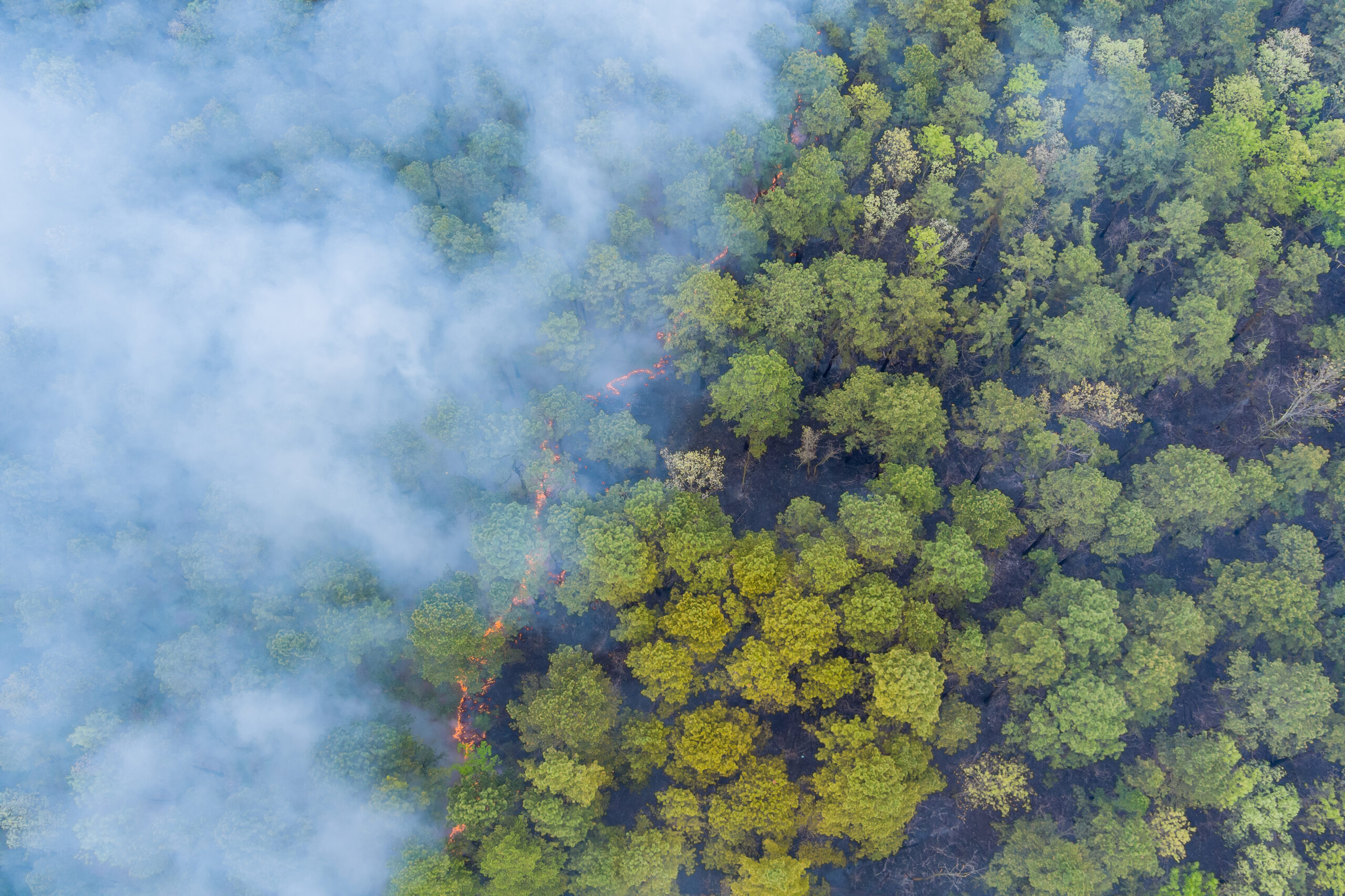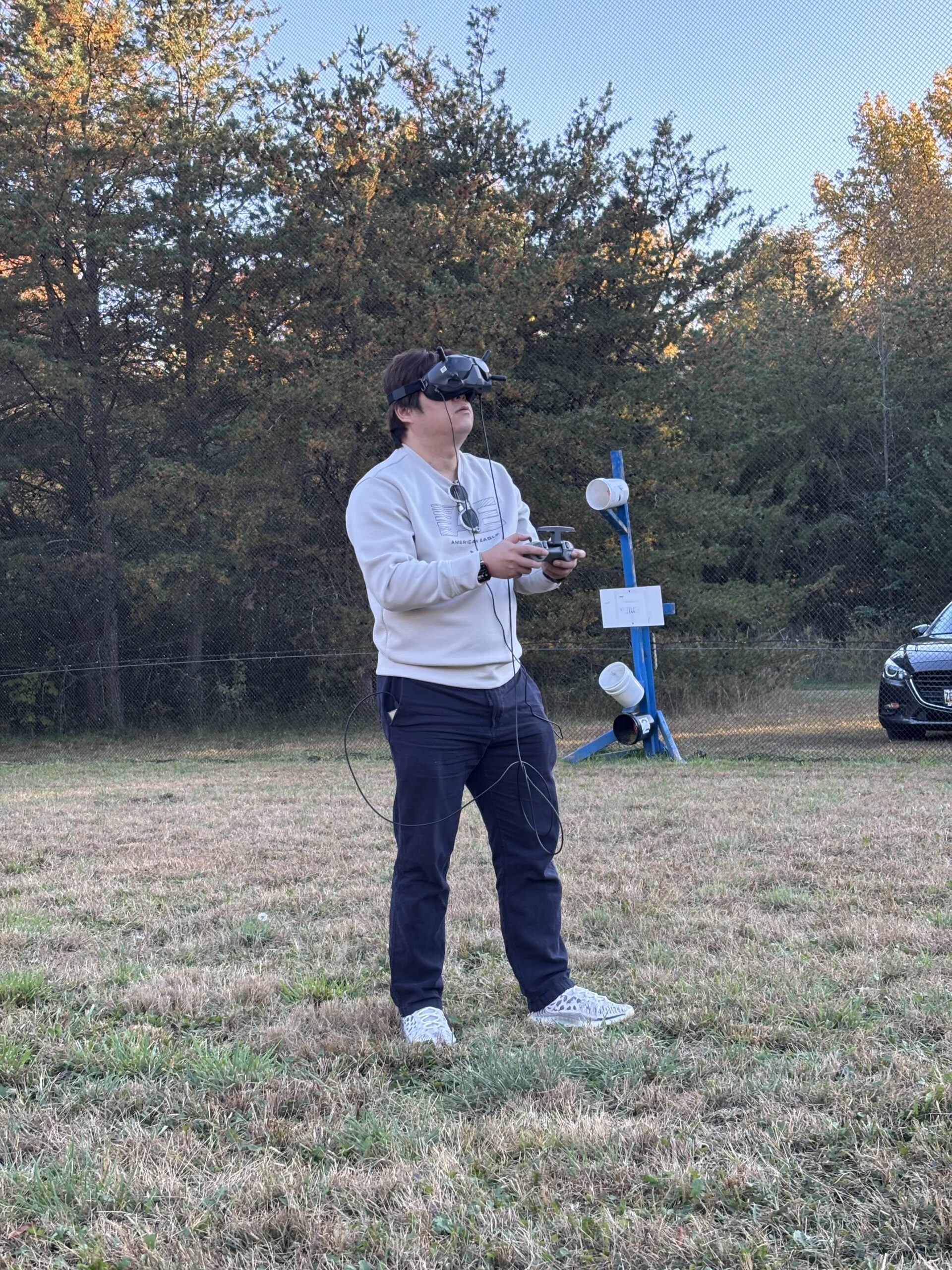
Weather radars are crucial tools for forecasters. Radars provide real-time data on precipitation intensity, location, and movement, which enables accurate weather predictions and warnings. However, radars are also subject to power failures, hardware malfunctions, and software issues, all of which can cause radar systems to go out. The average radar is offline for 9.27 days per year and experiences an average of 58.9 outages per year. When radars are out, forecasters rely more heavily on alternative datasets like nearby radars, surface reports, numerical weather prediction models, and satellite observations.
ESSIC/CISESS scientists Scott Rudlosky, Joseph Patton, Eric Palagonia, and colleagues from the Massachusetts Institute of Technology recently published a paper in the journal Weather and Forecasting in which they combined radar status information and monetized radar benefit models to attribute value to individual radars. They then estimated radar outage costs and quantified the potential value of alternative datasets during outage-induced gaps in coverage for the years 2020 to 2023. Monetized radar benefit models allow value to be attributed to individual radars for mitigating the threat to life from tornadoes, flash floods, and severe winds.
The researchers found that ~$29.1 million in annual radar outage costs may be attributable as value to alternate datasets for helping mitigate the impacts of radar outages. Eighteen radars exceed $20 million in annual benefits for mitigating the threat to life from these convective hazards. The Jackson, Mississippi, radar (KDGX) provides the most value ($41.4 million), with the vast majority related to tornado risk mitigation ($29.4 million).
Rudlosky is a Physical Scientist with NOAA/NESDIS/GEO. His research focuses satellite lightning products and how they compare to ground measurements.
Patton is a meteorologist and research scientist specializing in lightning with Rudlosky. He received his B.S. in Meteorology from the University of Oklahoma and his M.S. in Meteorology from Florida State University. Before joining CISESS, Patton worked for two years as an operational meteorologist for the National Weather Service in Goodland, Kansas. With CISESS, Patton focuses on applications and training for the Geostationary Lightning Mapper (GLM) in use with the GOES-R satellite program.
To access the piece, click here: “Radar Outage Costs and the Value of Alternate Datasets”.





